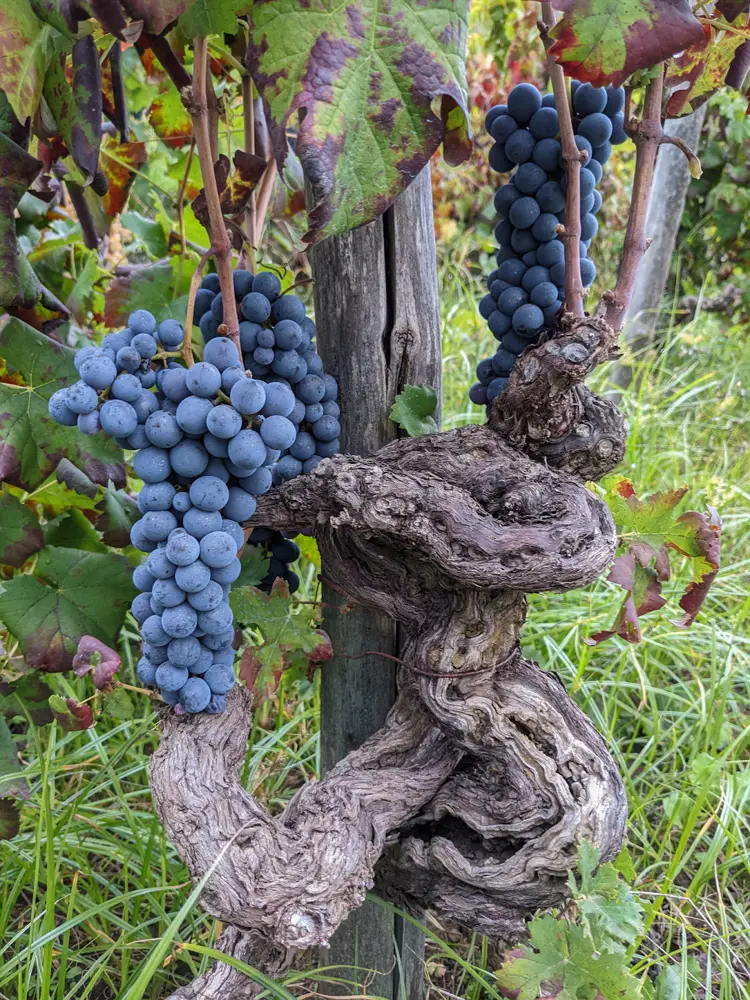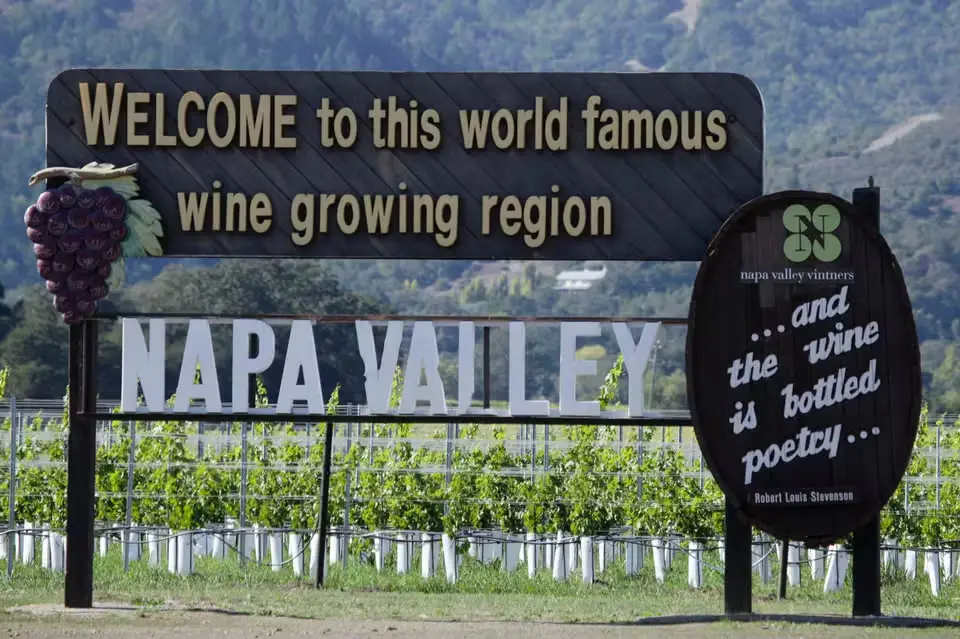Timeless Elixir: Old Vines Explained
What are Old Vines?
As the name suggests, an Old Vine refers to a grapevine that has reached a relatively old age. Like all living organisms, grapevines have their natural lifecycle. It takes about three years for a newly planted grapevine to bear fruit suitable for winemaking. After around 7 to 10 years of planting, the grapevine enters its “mature period,” during which it can produce higher-quality and more flavorful grapes. When a grapevine reaches 25 years of age, its yield significantly declines, producing smaller berries but richer in flavors.
Across the world, there is no unified standard for what qualifies as an old vine. Some regions are famous for vineyards with old vines, including the Languedoc in Southern France, Campania and Sicily in Southern Italy, Priorat in Spain, the Barossa Valley in Australia, and Lodi in California, USA, among others.
In the Barossa Valley, vines older than 35 years are considered old vines, those over 70 years are labeled as “survivors,” those over 100 years as “centurions,” and those over 125 years as “ancestors.” In Old World regions like France, when a vine reaches 30 to 40 years, it can be labeled as “Vieille Vigne.” The Italian and German counterparts for this are “Vecchie Vigne” and “Alte Reben,” respectively, which translate to “old vine.”

Old Vines — The Precipitation of Time
What is rare is precious, and the uniqueness of old vines lies first in their rarity. In the late 19th century, the phylloxera epidemic swept across Europe, devastating vast grapevine plantations. After decades of struggle, people eventually grafted European grapevines onto American rootstocks, which are resistant to phylloxera, to overcome this immense catastrophe. Consequently, only a small number of grapevines survived and were passed down from generation to generation, capable of withstanding natural disasters.
Apart from natural occurrences, several human factors contribute to the difficulty of preserving old vines. Due to their low yield, the productivity of old vine vineyards is lower. During economic downturns, winegrowers often uproot old vines and plant new grapevines to maximize economic efficiency.
Old Vines vs. Regular Grapevines
Compared to younger grapevines, old vines produce significantly lower yields. This reduced yield means that the grapes grown on old vines are more concentrated and complex in flavor. The grape berries from old vines are smaller, and their skins are thicker, allowing the wine made from these grapes to extract more color, tannins and flavor compounds from the grape skins.
With reduced yield, the grape clusters on old vines are more spaced out, allowing better air circulation between the grape bunches. This further helps prevent diseases and pests. Additionally, they develop more extensive root systems that penetrate deeper into the soil. This allows them to absorb more nutrients and additional water from the soil. Through many years of environmental adaptation, old vines also consistently express the unique terroir of their location
Old Vine Wines to Discover:
Explore more old vine wines on VinoVoss! Cheers!
by Sylvia Ba



